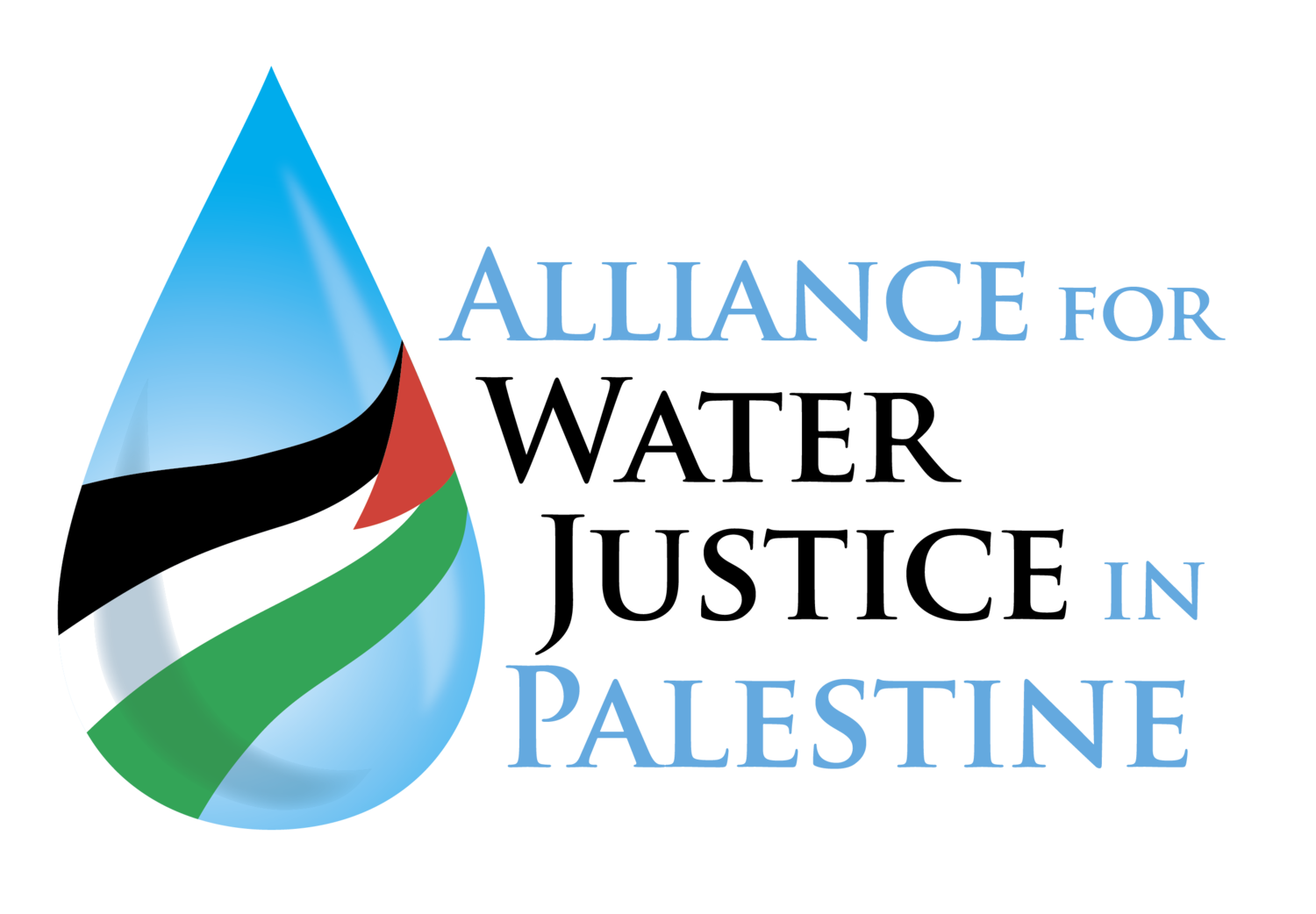In 2012 a UN report predicted that the Gaza Strip would be “unlivable” by 2020. It revised its opinion in 2017, stating that conditions in Gaza had deteriorated “even faster than the UN had originally projected.”
Well, here we are in 2020, and the situation in Gaza is not just ‘unlivable,’ but positively lethal.
The spread of the Corona virus
For six months, Covid-19 cases in Gaza numbered no more than 72, with all the infections detected in travellers from Egypt who were immediately quarantined at the border. Then, on August 24, 4 cases were found in the Al Maghazi refugee camp. Despite an immediately imposed lockdown, by September 18 as many as 2223 cases had been identified, and 17 people had died of the disease.
During August, as ‘community spread’ was gathering momentum, Gazans endured 3 weeks of nightly missile strikes, with Israel claiming its F-16 fighter jets were responding to incendiary balloons. The balloons were reportedly being launched from Gaza as ‘distress signals’ in the effort to draw attention to conditions imposed by Israel’s 14-year-long blockade.
In mid August, Israel closed the Mediterranean to Gaza’s fisherman and slammed shut the main border crossing for fuel, food, and goods. Gaza’s sole power plant was forced to close down on August 18, and electricity dropped below 4 hours a day. A health sector already on the verge of collapse could scarcely function without electricity or fuel for generators.
A Qatar-brokered deal between Israel and Hamas implemented on September 1 lifted the ban on fishing and permitted fuel and goods to enter. Electricity soon reached its pre August level of an erratic 8 hours a day in most parts of the Strip, and generators could again function.
But the health sector, with its dire shortage of facilities, medicines, and medical and protective equipment, remains woefully unprepared for the pandemic. There are fewer than 100 ventilators for a population of 2 million, many of which are already being used by patients with other respiratory maladies.
A water calamity
On September 3 the Al-Mezan Centre for Human Rights issued an alarming report, “Water Shortage in the Gaza Strip Amid Covid-19 Outbreak.”
Imagine facing the pandemic while being locked down in a tightly-packed refugee camp under these conditions:
“The low quality of tap water, rendered unfit for human consumption, forces Gaza residents to purchase desalinated drinking water from private vendors who desalinate the water and truck it to households, but with the Israeli ban on fuel destabilizing power supply to households, and the mandatory lockdown, residents are struggling to obtain drinking water and pump it to their house roof tanks. Families who contract the coronavirus are strictly ordered to self-isolate at home, with police officers preventing them from leaving, which exacerbates their struggle to obtain drinking water.”
It is not just clean drinking water that is beyond the reach of many people. They are also struggling to obtain non potable water, as Ismail al-Tatari from northern Gaza describes in the report:
“I live with a family of ten, five of whom are children, in a three-storey house. It’s almost impossible to fill the roof tanks with water as the 3-hour municipal water supply coincides with power cuts most of the time, which means we can’t operate the water pump. Lack of water has immediately subsided the family’s ability to shower and keep the house clean. We are particularly worried because we are aware that a proper hygiene, especially for our children, is a priority to fight the spread of the pandemic, but without water, it is a huge challenge to shower, keep the toilets clean, and do laundry. We have been buying and storing drinking water to use for cleaning, instead of tap water. This is tremendously expensive, and I can’t afford it if the situation lasts longer.”
Collective punishment kills
For 14 years, the residents of Gaza – half of them children and the majority refugees - have been cut off from the world by an Israeli blockade that has destroyed their economy and livelihoods, ruined their infrastructure, deprived their young people of a future, and now prevents seriously ill patients from seeking treatment elsewhere. Israel bombs Gaza with US weapons and cages its population with the assistance of our tax dollars. We must pay attention to the ‘distress signals’ sent by those incendiary balloons, since what happens there is very much our business.
Nancy Murray

